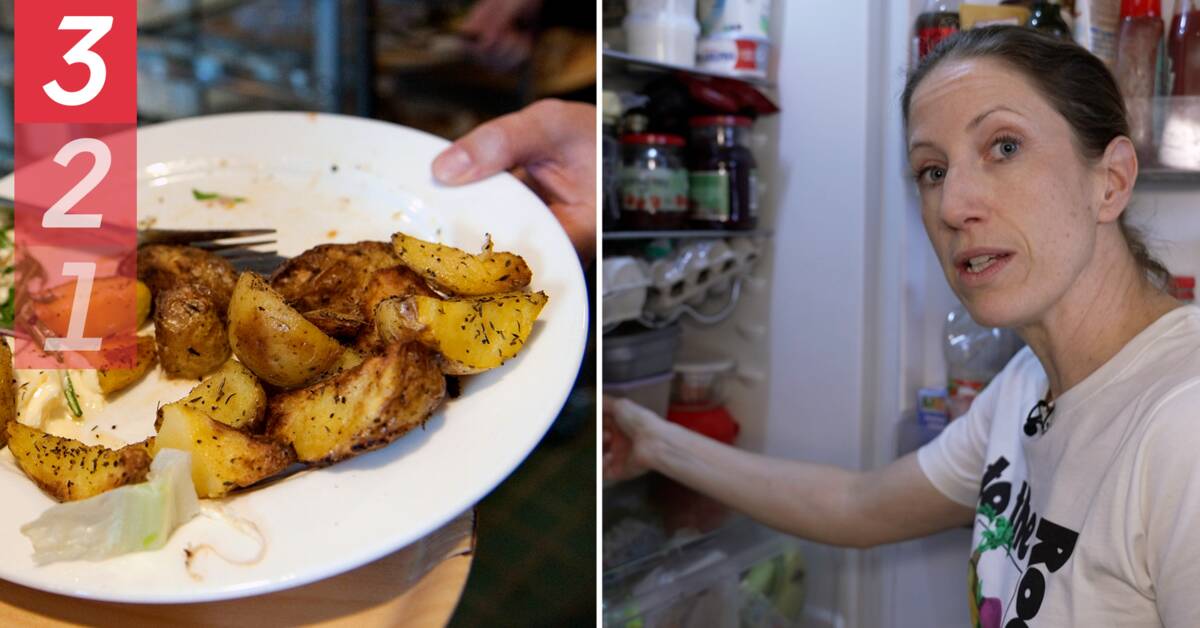Had it not been Coop on the sign, no one would have understood that the restaurant with rights is both the entrance to and part of the grocery store.
But it is the restaurant kitchen that is the heart of the store, and part of the secret behind the zero-loss vision.
- Four days before the minced meat goes out, we freeze it.
We take out 10 kilos a week and make meatballs, one of our ready meals.
For example, we have not bought minced meat for the restaurant since we opened 1.5 years ago.
Fruit and semi-finished products difficult
The store has basically no food waste at all on meat, fish and poultry.
Not on vegetables either.
Other things are more difficult.
- We can not handle fruit in such large quantities ourselves.
And not semi-finished products, it is not possible to cook again.
Many stores are struggling with the UN's sustainability goals.
SVT has asked five of the largest food chains;
Ica, Coop, Willys, Hemköp and Lidl, if they manage to halve food waste by 2030. Everyone expects to be there already in 2025, even if it can be tough.
More goods "saved"
The methods are many.
It's about more accurate purchases and new alarm routines so as not to miss the best-before dates.
The stores are lowering the price of goods that are getting old, donating food to aid organizations and selling via waste apps such as Karma and Too good to go.
And now more goods are being sold with the argument that it is "saved".
ICA and Willys collaborate with producers of juice and breaded fish, on fruit and fish pieces that otherwise would not have become food.
Consumers worst
Not throwing away food makes a big difference to the climate.
A study from the World Wide Fund for Nature and Tesco shows that around 40 percent of all food produced does not end up in anyone's stomach.
The production corresponds to five times as much greenhouse gases as all air traffic in the world.
And it is actually not the stores, but we consumers who throw the most.
- I think even more cooperation is needed between producers, stores and consumers if we are to achieve the goal, says Karin Fritz at the National Food Administration.

